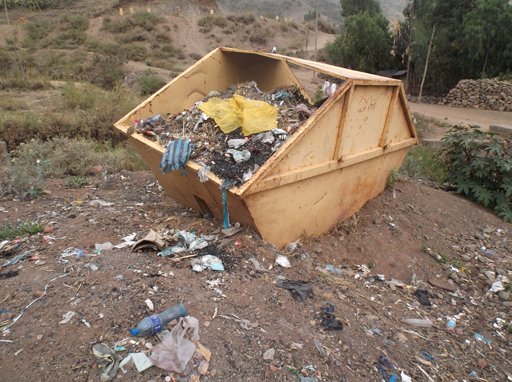What Is Waste Classification Sydney?
Waste Classification Sydney refers to the process of categorizing waste based on its properties and potential risks. In Sydney, there are several guidelines that determine how waste should be classified and handled. These guidelines are aimed at protecting human health and the environment.

Waste Classification Sydney
One of the most important aspects of waste classification is identifying hazardous waste. This includes waste that contains substances that could be harmful to human health or the environment. Hazardous waste needs to be handled and disposed of in a specific way to prevent contamination.
Another aspect of waste classification is identifying recyclable materials. Recycling is an important part of waste management in Sydney, as it helps to reduce the amount of waste that ends up in landfills. Recyclable materials can include paper, cardboard, plastic, glass, and metal.
Overall, waste classification is a crucial part of waste management in Sydney. By identifying hazardous waste and recyclable materials, waste can be handled and disposed of in a safe and environmentally friendly manner.
Remedial Action Plan NSW
A Remedial Action Plan NSW is a document that outlines the steps that will be taken to remediate contaminated land in NSW. RAPs are required for sites that have been identified as contaminated under the Contaminated Land Management Act 1997.
The purpose of a RAP is to outline a clear plan for remediation that is consistent with the guidelines set out by the NSW Environment Protection Authority (EPA). A RAP will typically include a description of the site, an assessment of the contamination, and a plan for remediation.
The remediation plan will include specific details on the methods that will be used to remediate the site, including any excavation or treatment of contaminated soil or groundwater. The RAP will also outline the monitoring and validation requirements that will be put in place to ensure that the site is fully remediated.
Overall, a RAP is an important part of contaminated land management in NSW. By outlining a clear plan for remediation, RAPs ensure that contaminated sites are remediated in a safe and effective manner, in line with EPA guidelines.
